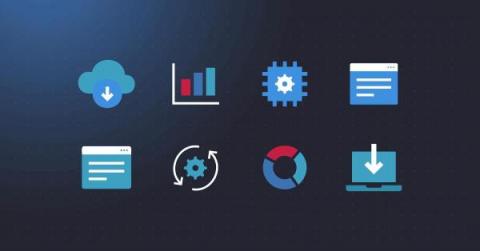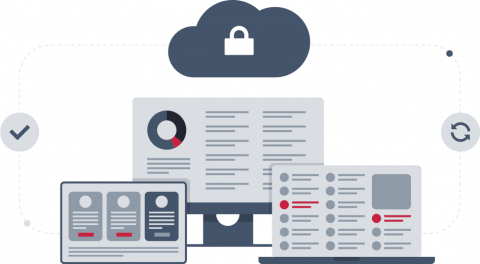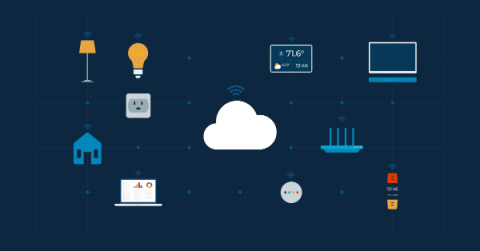The IT Challenges of Managing a Remote Team
The advantages of the hybrid & remote work model have been documented for some time now, and for many organizations the pandemic was the final push needed to start making the transition. Once these companies offered remote work for the first time, they had an opportunity to see firsthand how valuable it could be for their organizations. Who wouldn’t want to pay for less office space, and enjoy considerably lower operational overhead?











